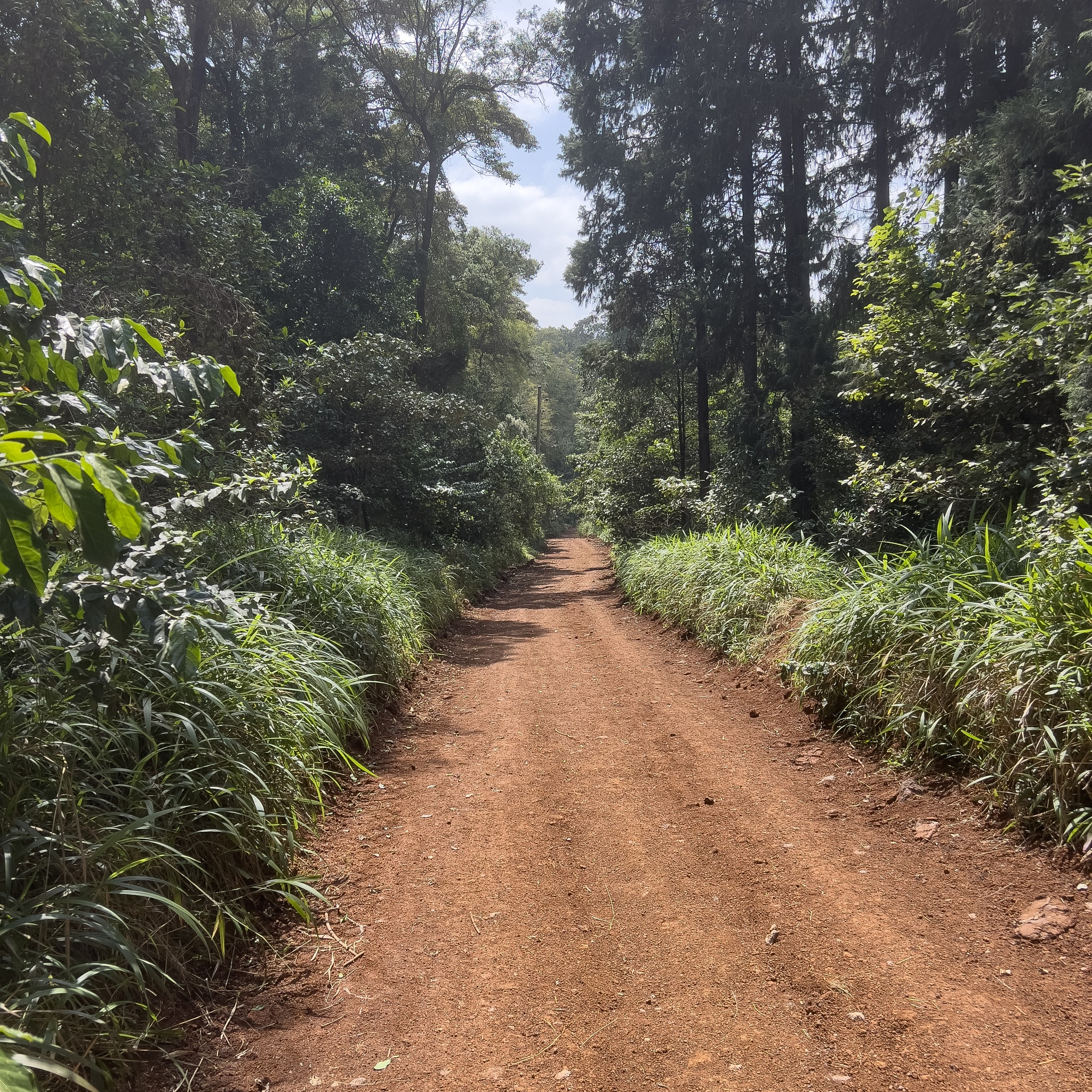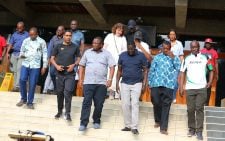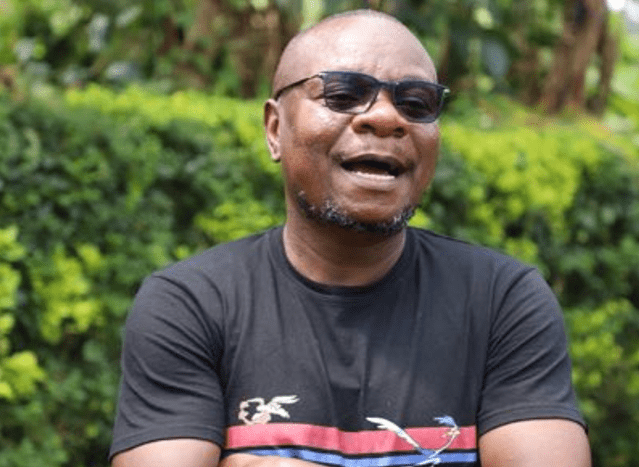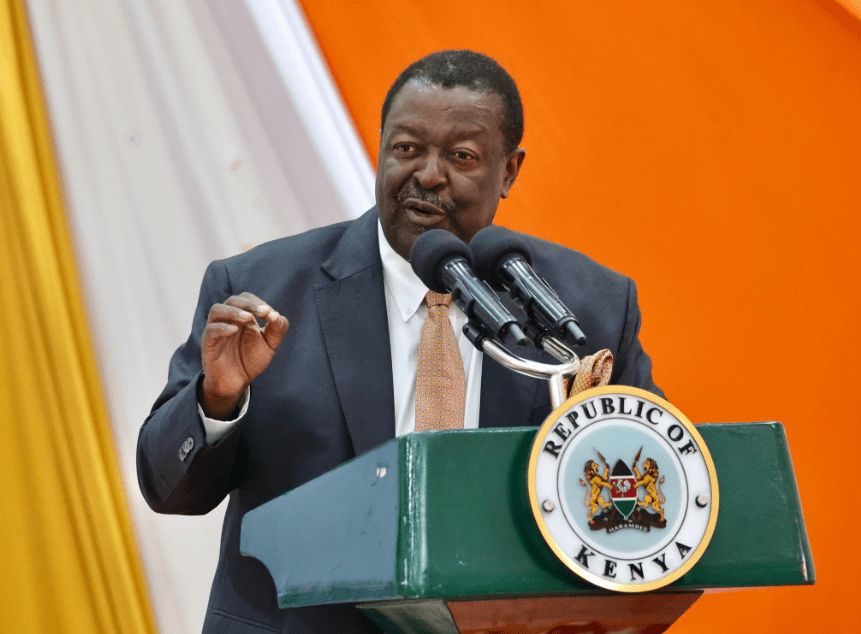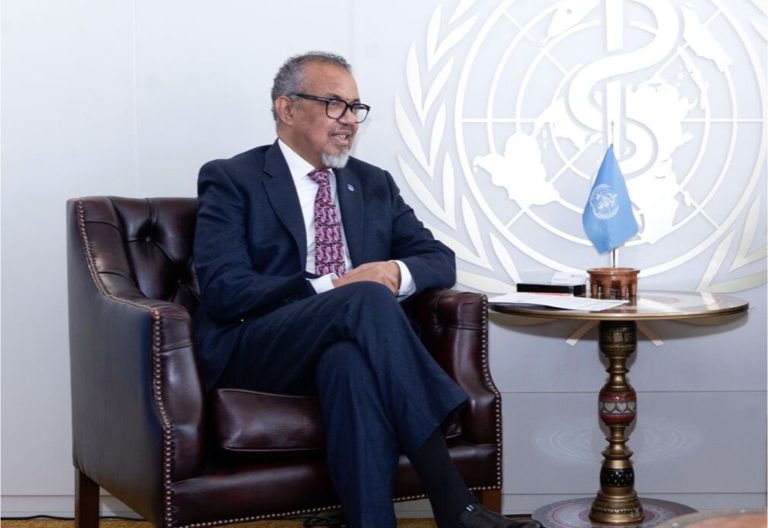ICT ministry officials on the spot over billions for fibre optic project
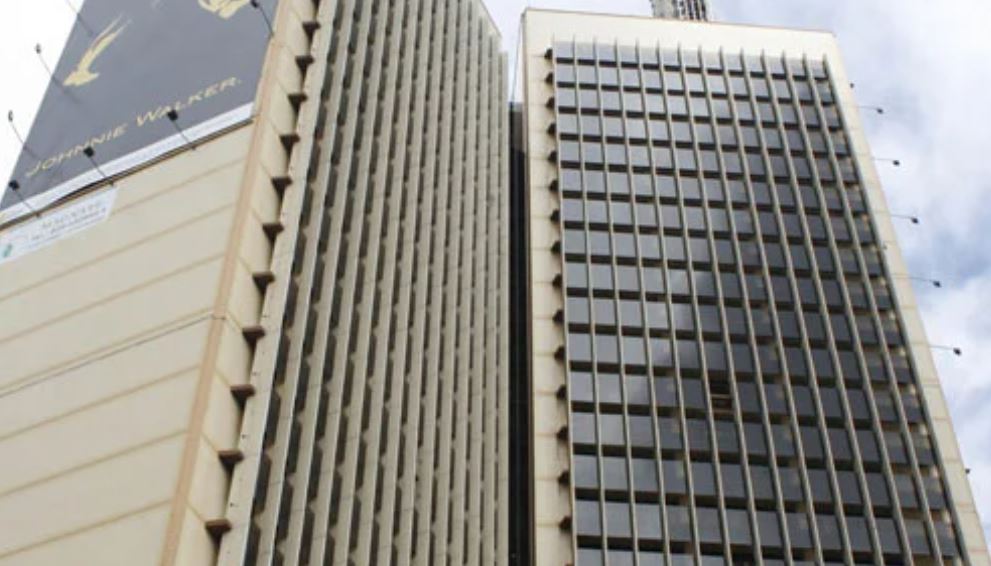
Top officials in the ICT ministry are on the spot over the opaque nature of the multibillion-shilling fibre Optic project initiated during President Uhuru Kenyatta’s administration with a forensic audit revealing that crucial documents relating to the cost of the project are missing.
In the latest forensic audit, Auditor General Nancy Gathungu regretted the State Department for ICT indicated that the contract sum payable for the project, which was implemented in three phases, is Sh20.5 billion that was borrowed as loan from China only documents supporting expenditure amounting to Sh10.95 billion were availed for examination.
The forensic audit of the National Optic Fibre Backbone Infrastructure (NOFBI) and IP Bases Hipath 4000 network projects shows that despite the project being implemented in three phases namely NOFBI phase 1, NOFBI Phase II and NOFBI Phase 11 Expansion (IIE), details of the concessional loan agreements for the Phase One was not provided for audit and thus it was impossible to establish how much the government spent on the said projects.
According to Gathungu, the failure by the government to ascertain the exact amount borrowed on the project is due to poor record keeping. The project was undertaken by the State Department for ICT and Innovation to enhance the government information system, with financing through loans from the Exim Bank of China.
“The NOFBI projects total funding from the Exim Bank of China could not be ascertained as the framework and concessional loan agreements for NOFBI phase I was not provided for audit,” reads the report.
It adds: “NOFBI Phase I was implemented between 2007 and 2009, NOFBI Phase II between 2012 to 2017 and NOFBI Phase 11E between 2016 to 2020. However all the approved budgets for NOFBI phase 1 and approved budget for NOFBI Phase II for the financial years 2012/2013 to 2014/2015 were not provided for audit verification? It was therefore not possible to ascertain the total approved budget for the projects.”
Phase I involved laying of the open fibre covering a total of 4,300km connecting former eight provincial headquarters and also connected 53 towns.
Phase 11 involved laying of the backbone and sub-metro covering a total of 2,100km in 46 counties excluding Nairobi, installation of IP equipment and creation of NOFBI Phase One while Phase 11E involved extension of Optic Fibre measuring a total of 2,500km from the counties to the sub counties covering a total of 518 sites in government ministries and departments.



